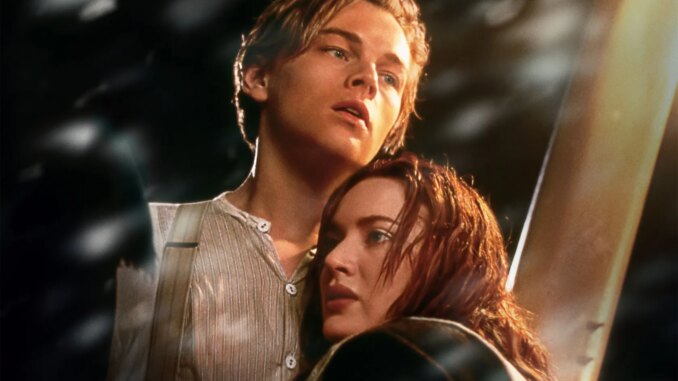
A Quarter Century Later: Titanic Still Makes Waves Without Jack
Twenty-five years after its cinematic debut, James Cameron’s Titanic continues to command our attention, not merely as a tragic romance, but as a cultural behemoth whose enduring resonance extends far beyond the heart-wrenching fate of Jack Dawson. While the star-crossed love of a penniless artist and a constrained heiress undeniably provided the emotional anchor that drew millions to theaters, the film’s lasting power, its ability to “make waves” a quarter-century later, resides in its masterful synthesis of historical epic, human drama, groundbreaking spectacle, and timeless thematic depth. Without Jack, the cinematic Titanic would still sail majestically into our collective consciousness, a testament to the myriad currents that truly propel its legend.
At its core, Titanic is an unparalleled historical canvas, a meticulous recreation of a bygone era and a monumental disaster. Cameron, renowned for his obsessive attention to detail, didn’t just build a set; he resurrected a world. From the gleaming cutlery in the first-class dining saloon to the authentic stitch patterns on the steerage passengers’ clothing, every frame speaks to an almost documentary-like commitment to accuracy. The ship itself, a floating city of steel and opulence, becomes a character in its own right – a monument to human ingenuity and, ultimately, hubris. This historical integrity transforms the film from a mere backdrop for a love story into a living, breathing historical document, allowing audiences to feel they are not just watching a film, but witnessing a significant moment in time. The tragedy of the "unsinkable" ship, independent of any fictional love affair, carries an archetypal power: the collision of human ambition with nature’s indifferent fury.
Beyond the historical grandeur, Titanic makes waves by serving as a profound human microcosm. The film populates its grand setting with a diverse cast of characters, each representing a facet of Edwardian society. While Jack and Rose’s romance is central, the film’s narrative web is rich with compelling sub-plots and vignettes: the stoic bravery of the ship’s band, the quiet dignity of elderly couples facing their fate, the heartbreaking struggle of a mother comforting her children, the desperation and dignity of the steerage passengers, and the chilling avarice of figures like Cal Hockley and Ismay. The class distinctions, starkly illuminated by the unfolding disaster, become a potent commentary on societal inequalities, a theme that resonates as powerfully today as it did a century ago. These are the stories of universal human experience – love, loss, fear, courage, sacrifice, and the instinct for survival – played out on a grand, terrifying stage. These moments of raw humanity, often wordless, are the true emotional core that anchors the film in our memory, transcending any single character arc.
Furthermore, the sheer technical prowess and emotional orchestration of Titanic continue to impress, long after the novelty of its groundbreaking CGI has faded. Cameron didn’t just tell a story; he crafted an immersive experience. The unparalleled spectacle of the sinking itself remains a masterclass in tension, scale, and visceral immediacy. The deafening roar of the rending steel, the chilling silence of the icy water, the desperate screams, and the haunting strains of James Horner’s score combine to create a symphony of terror and triumph that transcends the visual. The meticulous choreography of the ship's demise, from its initial listing to its final, dramatic plunge, is a work of cinematic art that elicits a primal response. This technical and artistic mastery ensures that the film is not just remembered for its plot points, but for the overwhelming feeling it evokes – an emotional catharsis that pulls the viewer into the very heart of the disaster.
Ultimately, Titanic still makes waves because it taps into archetypal themes that are timeless and universal. It explores the fragility of life, the inevitability of fate, the power of choice, and the enduring human spirit in the face of unimaginable adversity. It’s a story of hubris met by nature’s indifference, of social boundaries collapsing in the face of shared peril, and of the transformative power of love and loss. These are the narratives that resonate across generations, inviting repeated viewings and sparking ongoing discussion. The film has transcended its initial romantic premise to become a modern myth, a vessel for exploring profound questions about existence itself.
So, while Jack Dawson may have drawn us in with his charming smile and tragic demise, the Titanic sails on in our cultural imagination largely without him. Its enduring power is rooted in its magnificent historical scope, its unflinching portrayal of human vulnerability and resilience, its awe-inspiring technical brilliance, and its profound exploration of universal themes. Twenty-five years later, the echoes of that fateful voyage continue to reverberate, not merely as a romantic echo, but as a monumental testament to human ambition, folly, and the timeless, turbulent waters of the human condition.
